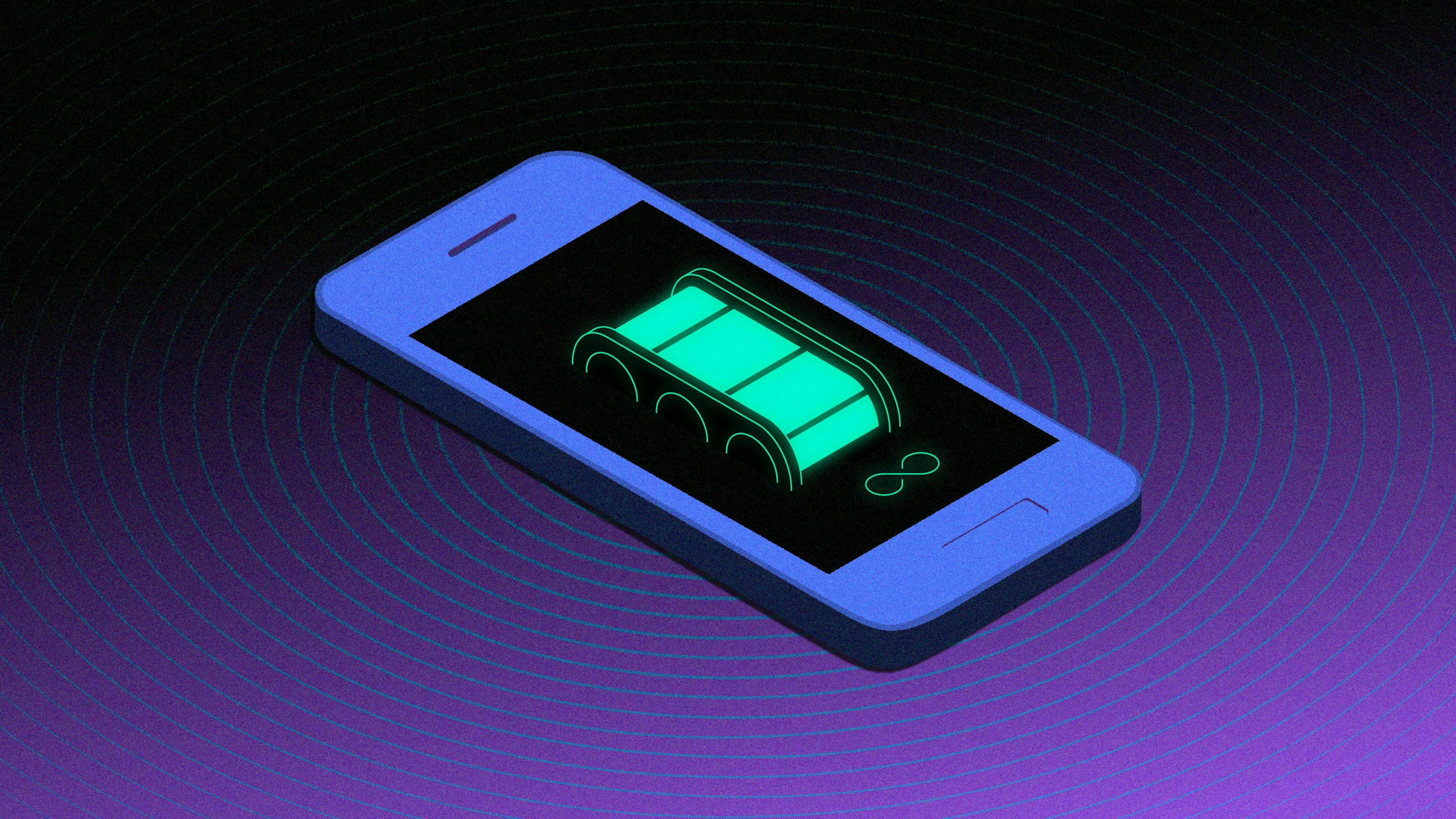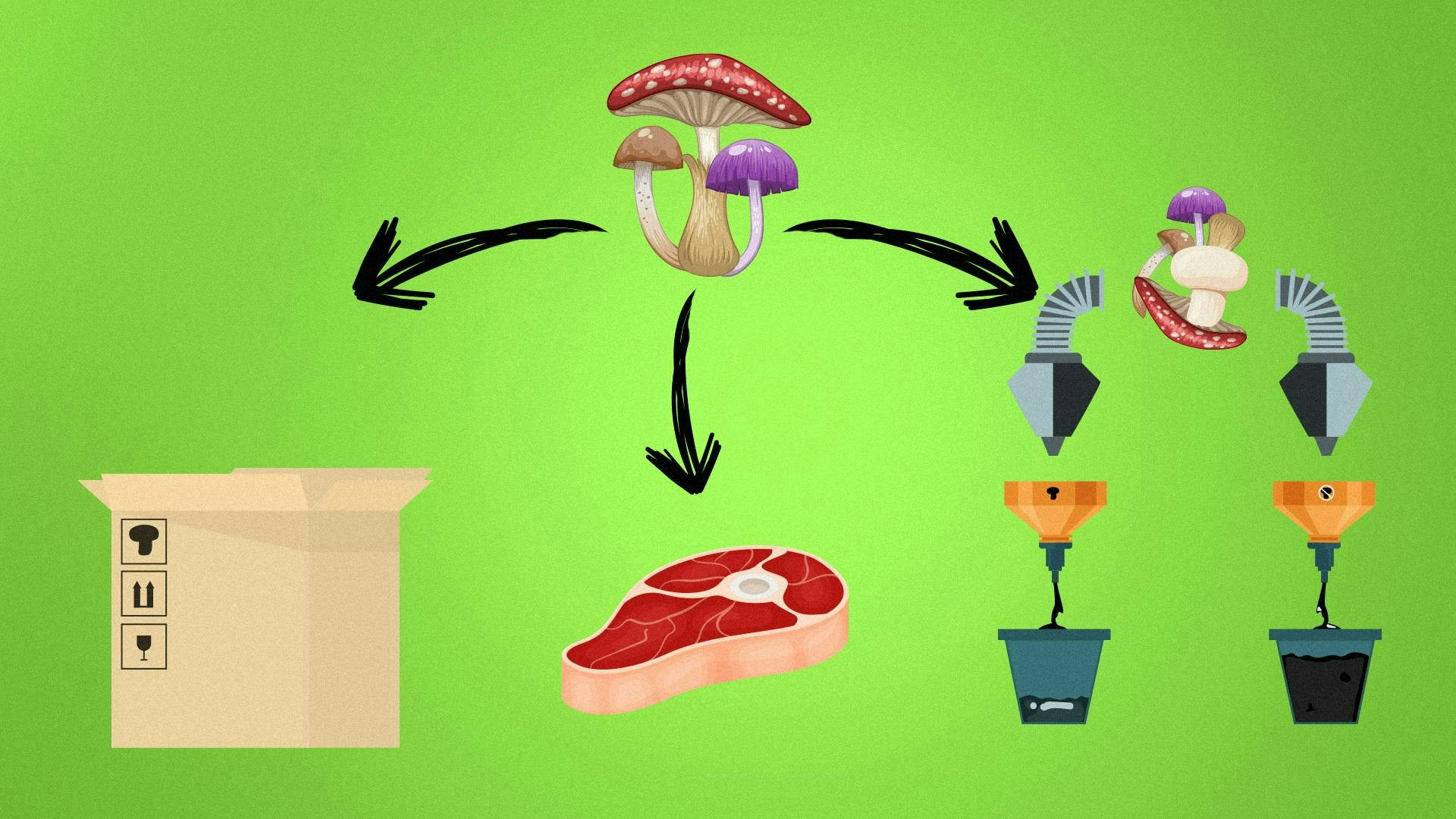Self-powered sensors: Realising the dream of untethered power

TOPICS
ForesightSelf-powered sensors are devices that generate their own power, typically through kinetic energy or by using 5G, for example, as a power source. Having already received significant research and development funding, particularly from the European Commission, they could revolutionise how electronics are produced and distributed.
Significantly, self-powered sensors’ ability to generate power eliminates the need for batteries, offering broadly applicable sustainable solutions for energy. Let’s explore the variations of this tech, current and future applications, and the role Europe plays in this field.
Types of self-powered sensors and their applications
Not all self-powered sensors are created equal, so let's begin with some helpful vocabulary.
Piezoelectric sensors: Sensors that generate electricity from applied mechanical stress. They are used in various applications like vibration monitoring, impact sensing, and energy harvesting.
Thermoelectric sensors: Sensors that generate electricity from temperature differences. Used in power generation and temperature sensing.
Photovoltaic Sensors: These generate electricity from light. They are used in solar power generation, light detection, and gas sensing.
Triboelectric Sensors: These generate electricity from friction. Used in energy harvesting, self-powered sensing, and active physical sensing.
Electromagnetic Sensors: Sensors that generate electricity from changes in magnetic fields. They are used in power generation and magnetic field detection.
The strategic importance of self-powered sensors
As “smart” objects increasingly clutter our lives, from watches to cars, how many of us haven’t fantasised about wider autonomy, untethered by cords, heavy batteries or quests for an outlet? The future of electronics lies in harnessing the power of self-sufficiency. Our data suggests self-powered sensors are leading the way … and while their strategic proofs of concept might not always dazzle the imagination, their trickle-down advantages in everyday life will make us all a little happier.
The strategic importance of self-powered sensors lies in their potential to transform various sectors through previously-unthinkable cost effectiveness and energy efficiency. Sectors of immediate applicability include defence, medical, and environmental monitoring, not to mention numerous consumer-facing applications.
In defence, self-powered sensors could enhance security and surveillance systems. To wit: Piezoelectric sensors monitor vibrations, which can be instrumental in detecting unusual activities or potential threats. These sensors, capable of generating their own power, can be deployed in hard-to-reach areas, providing continuous monitoring without need of batteries.
In medicine, self-powered sensors open possibilities for patient monitoring and bespoke care, increasingly important as advancements in medical technology unearth more complex interconnections between patients and what ails them. The advent of self-powered pressure sensors has already paved ground for low-cost devices that can be used in personalised medicine.
Self-powered sensors can also improve the collection and analysis of environmental data. Notably, the deployment of sensor networks for temperature monitoring can lead to more energy-efficient environmental monitoring overall. The use of drones, for automatically deploying low-cost or disposable sensors in an environment, maximises information gain, and can help monitor changes or detect hazardous events.
Europe's investments in self-powered sensors
Europe was a significant player in the development and implementation of self-powered sensor technology, providing funding and support for numerous initiatives. These include the HarshEnergy Project, which ran from September 2017 to September 2018. Its objectives included the prototyping, testing, and implementation of new energy harvesting systems that operate in harsh environments.
The systems were designed using technology developed by InanoEnergy to utilise nanomaterials, especially relevant for the oil and gas industry. By employing a blend of three energy harvesting technologies—piezoelectricity, triboelectricity, and electromagnetic induction—they aimed to optimise prototypes for use inside or around pipes.
In 2018, European Commission set up the Zero Power Water Monitoring Horizon Prize, to stimulate innovation in self-powered wireless sensors for monitoring water resources in real-time. The winner, Aqua Robur, does just that. It is a zero-power, wireless real-time sensor and data communications platform for smart water monitoring, deployable anywhere. And through flow and pressure monitoring, it can detect and reduce leakage.
Then there is the AMANDA project. This nearly €4 million endeavour began in 2019 and ended in 2022. Its aim: To develop a novel, price-friendly generation of autonomous smart sensing cards, as electronic smart systems play a growing role in households, businesses, and industries.
It goes without saying that if self-powered sensors find staying power in certain strategic sectors—defence, medicine and environmental monitoring being just a few—the technology will ultimately penetrate consumer-facing electronics, where it’s easier for average people (including ourselves) to imagine their applications. The latter are no less disruptive nor creative.
Data on publications and patents courtesy of The Lens. Investment data: Pitchbook.
09 Nov 2023
-
Giorgio Tarraf
Header illustration by Debarpan Das.
It won't just be another weekly newsletter. We promise.
02/03
Related Insights
03/03
L’Atelier is a data intelligence company based in Paris.
We use advanced machine learning and generative AI to identify emerging technologies and analyse their impact on countries, companies, and capital.


